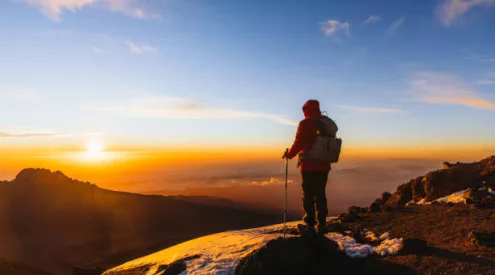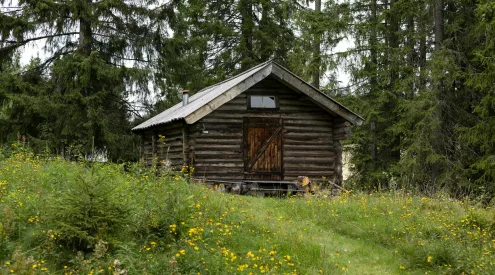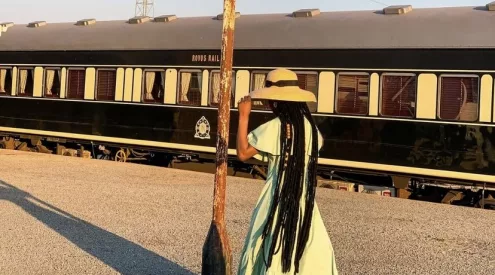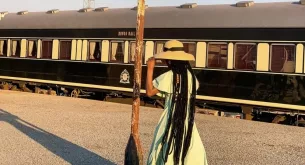It’s the little things that can tell you a country is coming back.
Take beer, for example. As well as being one of my favourite things in life it’s also an excellent economic indicator of the state of a country’s economy, its relative cost of living, and its politics. And you can get drunk on it. I’ve just been travelling through Zimbabwe and, based on my scientific analysis, I can report that the country is coming back, slowly, as a prime destination, based on the beer index.
In the old days, before Zimbabwe’s political and economic meltdown of the late 1990s, a beer would cost the equivalent of about US$0.60 (about R4.80 – R5 in today’s money). This, alone, made Zimbabwe an excellent place to visit, boasting as it did excellent local brews such as Zambezi and Bohlingers, as well as the ubiquitous Castle, Lion et al.
However, as the country’s economy spiralled out of control and the president set about destroying the nation’s ability to feed itself and generate foreign exchange, by allowing the wholesale seizure of commercial farms, beer started getting more expensive, and, even worse, harder to find.
A ludicrous policy of fixing prices, ostensibly as a bid to fight inflation but in reality just an excuse for the police and army to buy up the entire stock of supermarkets and stores overnight to keep them on-side with the government, resulted in shortages of just about everything in Zimbabwe overnight.
I remember going into a supermarket in Harare and being able to buy only two things, firewood and fabric softener (presumably because someone had left fabric softener off the price-fixing list).
The Zimbabwean dollar plummeted in value, to the extent that when it was issued the local currency’s last note, the one-hundred trillion, was worth about US$5. Around this time enterprising locals had started setting up black market shops in suburban houses, selling anything and everything for US dollars.
A beer in one of these shops could cost up to US$2, and if you could find a restaurant or bar selling drinks then the same beverage could cost you $3 to $5. Clearly this was a country in peril, and it became a chore to travel there.
Spirits were likewise expensive and hard to come by, but my wife did, on a clandestine shopping trip to the speakeasys and underground supermarkets of Harare, come across an enterprising evicted farmer’s wife who was brewing illegal vodka in a still and selling it in five-litre swimming pool chemical bottles.
As of a couple of years ago, however, Zimbabwe dropped its home-grown funny money and the economy now trades in the US dollar. Quite where these greenbacks come from is beyond my understanding, but the fact is a semblance of normality has returned to the Zimbabwean shopping scene.
It’s now possible to buy virtually anything, although just about everything has to be imported, so expect to pay a little more for South African goods and food. The relative economic stability has made it easier for visitors to return to Zimbabwe and while I was there fuel was everywhere, and diesel actually came down in price during my three-week stay.
Real political change still remains tantalisingly out of reach in Zimbabwe. ZANU-PF still holds the key portfolios in the country’s so-called government of national unity, but the opposition Movement for Democratic Change has been able to make significant inroads without resorting to the violence its opponents still wield behind the scenes. Zimbabwe is a safe country for tourists to travel in and its people are welcoming, friendly, and desperate to see a resurgence in their tourism industry. You won’t regret a visit and, best of all, the beer price is coming down.
Shopping around I was able to find Zambezi Lager as low as $0.83 a can. That’s a long way south of the $3 or $5 I was paying three or four years ago, and not too much more than the $0.60 I was paying back in 1997.
The only downside of the beer-led economic recovery in Zimbabwe is that too much of the product is now sold in non-returnable cans and bottles, so litter is becoming a problem on the roadside. During the bad old days beer was only available in refundable bottles and these were prized as valuable assets (the glass bottles became so scarce they would actually appreciate in value by the time you returned an empty). Consequently, there was not an empty beer bottle to be seen on the roadside.
But Zimbabweans are resourceful people, and still able to find new an innovative ways to turn a buck. One man’s trash, as they say, is another man’s treasure and so it was that my most cherished souvenir from my last trip to Zimbabwe is beer related, and a little piece of recycling in action.
The Zambezi Lager poster in the shebeen painting above, by Harare artist P. Kwangwere, is actually an old label off a beer bottle, lacquered into place in the picture. I bought it in the framing shop in the Borrowdale Village shopping centre (the artist does similar pictures with different brands of beer label).
So here’s to Zimbabwe, a land of resourceful people, brimming with goodwill; a courageous opposition which is hopefully in the homestretch in a race for real change; and affordable beer. Cheers.















